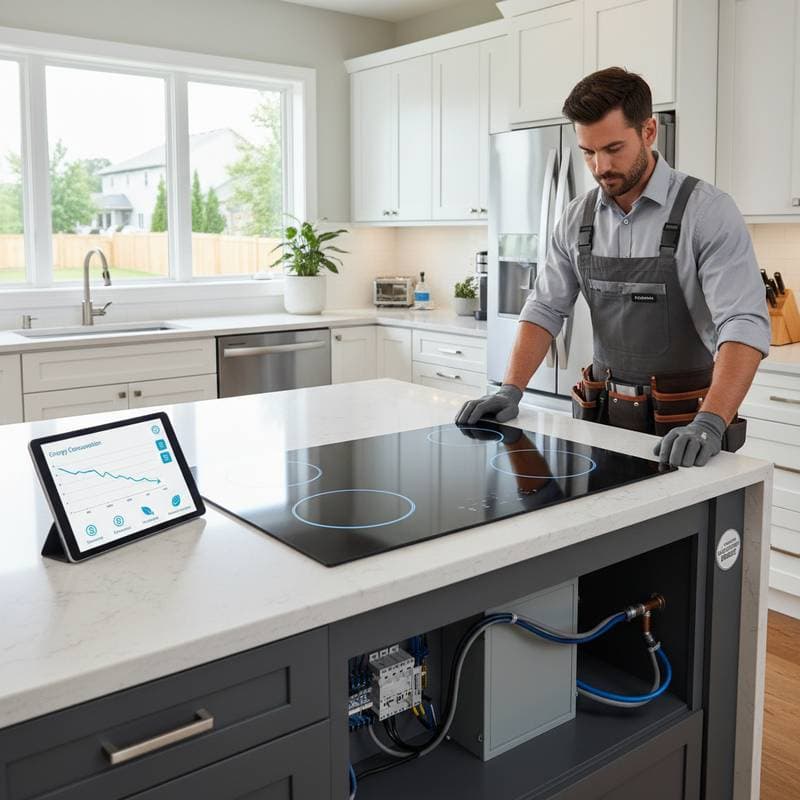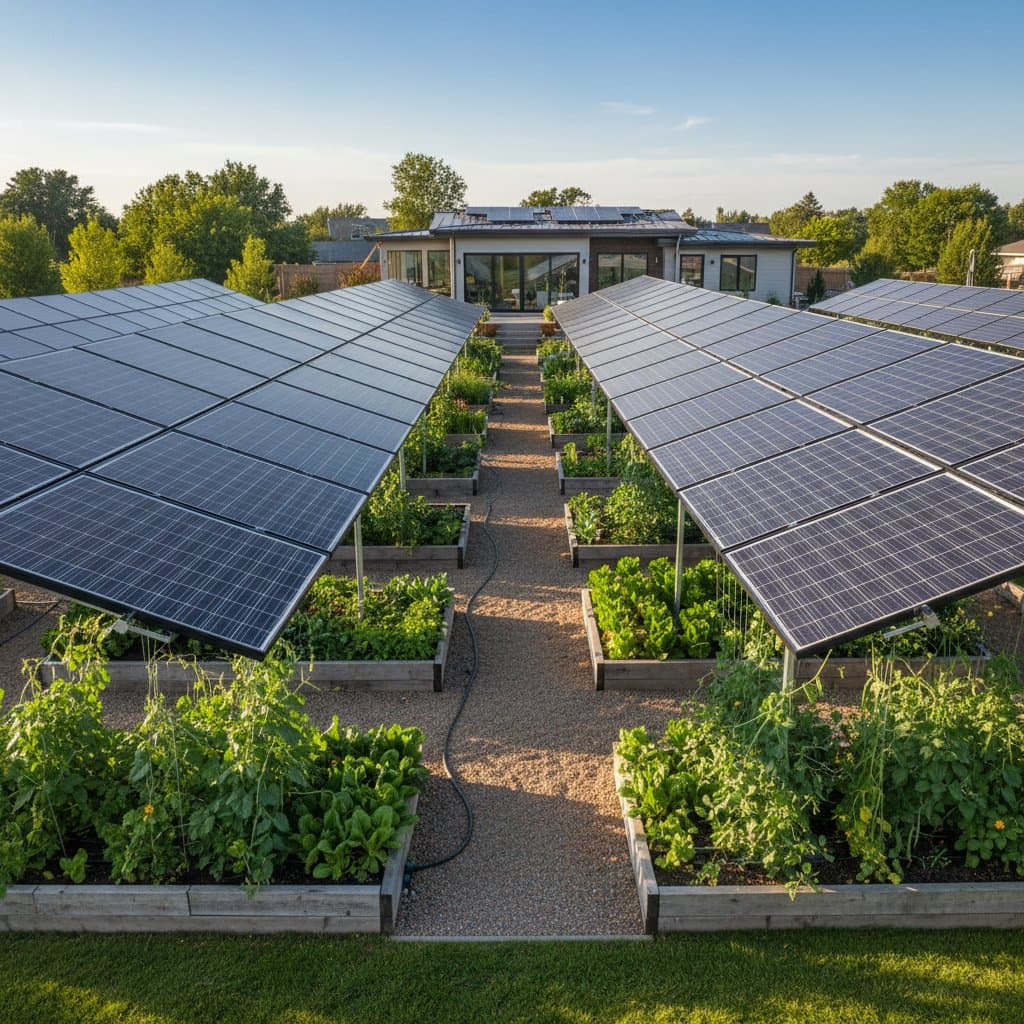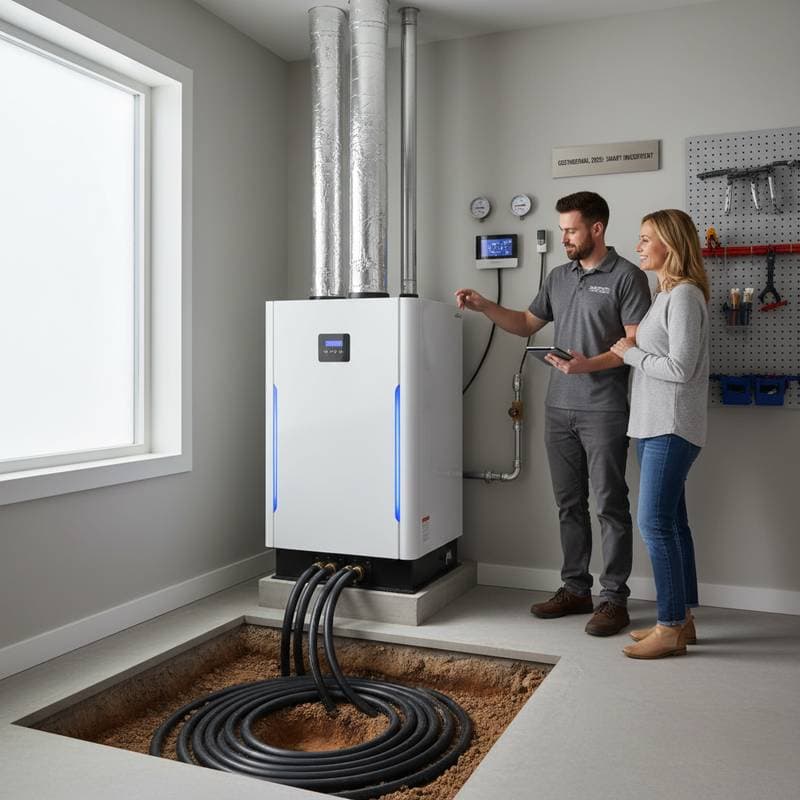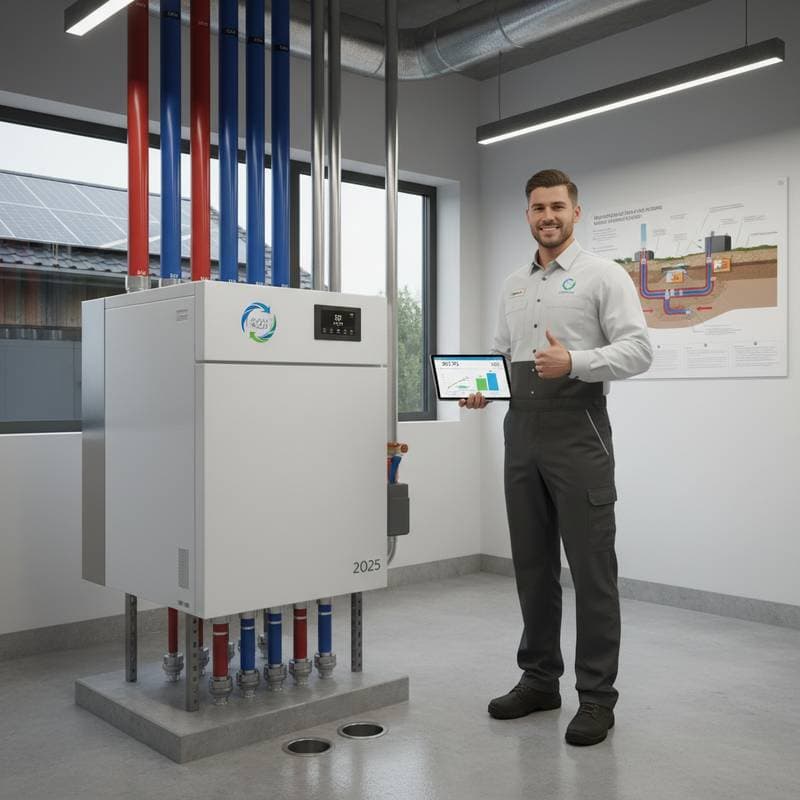How Geothermal Heat Pumps Harness Earth's Energy
Geothermal heat pumps draw on the constant temperature of the earth to provide heating and cooling for homes. These systems circulate fluid through underground loops to extract heat in winter or dissipate it in summer. This process leverages the ground as a reliable heat source and sink, ensuring steady performance throughout the year.
Unlike traditional air-source heat pumps, which struggle in extreme cold, geothermal units deliver consistent efficiency regardless of outdoor conditions. Ground temperatures remain stable at depths of four to six feet, typically between 45 and 75 degrees Fahrenheit depending on location. Homeowners benefit from this natural stability, achieving comfort without the fluctuations common in weather-dependent systems.
Installation involves burying loops horizontally or vertically in the yard, connected to an indoor heat pump unit. This setup integrates seamlessly with existing ductwork or radiant systems, making it suitable for new construction or retrofits. With proper design, geothermal technology supports whole-home climate control while promoting energy independence.
Cost, Savings, and Return on Investment
Initial installation costs for geothermal heat pumps exceed those of standard systems, typically ranging from $18,000 to $35,000. Factors influencing price include the home's size, local soil type, and access for drilling or trenching. Larger homes or challenging sites may require more extensive ground loops, increasing expenses.
These upfront investments yield significant long-term savings through reduced energy use. Consider a household with annual heating bills of $2,000; a geothermal system could lower that figure by 40 to 60 percent, saving $800 to $1,200 yearly. Cooling costs drop by 25 to 50 percent as well, depending on climate and usage patterns.
The payback period generally spans five to ten years, varying with local energy prices and incentives. Indoor components last 20 to 25 years, while ground loops endure over 50 years with minimal degradation. Pairing the system with available rebates or low-interest loans accelerates financial returns, often making it comparable to conventional options within a few years.
Environmental and Health Advantages
Geothermal heat pumps contribute to a smaller carbon footprint by transferring heat rather than generating it through combustion. This approach eliminates on-site emissions, improving local air quality and curbing contributions to climate change. Over a system's lifetime, it can prevent thousands of pounds of greenhouse gases from entering the atmosphere.
Health benefits arise from cleaner indoor air. These systems avoid burning fossil fuels, thus producing no combustion byproducts like carbon monoxide. They also regulate humidity more effectively and filter out more particulates than forced-air alternatives, benefiting those with allergies or asthma.
Families notice enhanced comfort from even temperatures and quieter operation. Without the drafts or noise of traditional furnaces, daily living feels more serene. Overall, geothermal adoption supports healthier homes and a healthier planet.
Comparing Geothermal with Other Heating Options
Selecting a heating system requires balancing efficiency, cost, lifespan, and sustainability. Geothermal stands out for its superior performance, though other options suit different budgets and needs.
| System Type | Efficiency (Approx.) | Lifespan | Fuel Source | Key Advantage |
|---|---|---|---|---|
| Geothermal Heat Pump | 300% to 500% | 20-25 years (indoor) | Ground energy | Highest efficiency, lowest operating cost |
| Air-Source Heat Pump | 150% to 250% | 15-20 years | Air | Moderate cost, easy installation |
| Gas Furnace | 80% to 98% | 15-20 years | Natural gas | Lower upfront cost |
| Oil Furnace | 70% to 90% | 15-20 years | Heating oil | Suited for areas without gas lines |
| Electric Resistance | 95% to 100% | 15-20 years | Electricity | Simple but expensive to operate |
Geothermal systems extract free, renewable energy from the earth, insulating owners from rising utility rates. While the initial outlay is higher, lifetime costs prove lower due to efficiency gains and durability.
Maintenance, Reliability, and Professional Care
Geothermal systems demand little routine maintenance, focusing on simple tasks like checking fluid levels and replacing air filters annually. Most components reside indoors, shielding them from weather damage and extending operational life.
Reliability stems from the technology's robust design; failures are rare when installation follows best practices. Professional services include performance checks and minor adjustments to sustain optimal efficiency.
Many providers offer maintenance contracts with remote monitoring, alerting owners to issues before they disrupt comfort. With regular care, these systems operate smoothly for decades, providing dependable heating and cooling.
Financing and Incentive Strategies
Numerous options ease the financial burden of geothermal installation. Green energy loans from banks or federal programs allow payments over 10 to 20 years at favorable rates. Home equity lines of credit or property-assessed clean energy financing tie repayments to utility savings.
Incentives vary by location but often include federal tax credits covering 30 percent of costs, plus state rebates or utility discounts. Researching these through local energy offices can shorten payback times significantly.
Energy service agreements let providers handle installation and maintenance for a monthly fee, similar to leasing. This model ensures immediate bill reductions without large upfront payments.
Addressing Common Questions
Does geothermal work in cold climates?
Yes, geothermal excels in cold regions. The earth's stable subsurface temperature keeps the system effective, even when air drops below freezing.
Can geothermal systems be added to an existing home?
Yes, retrofitting works well for most homes. Professionals evaluate ductwork and site conditions to customize the setup, minimizing disruption.
How much land is required?
Horizontal loops need about 400 to 600 square feet per ton of capacity, while vertical options require just 100 to 200 square feet for boreholes. Compact designs fit urban properties.
Will landscaping be affected?
Temporary digging occurs during installation, but restoration follows immediately. Surfaces like lawns or patios return to their original state within weeks.
Can geothermal provide both heating and cooling?
Yes, the system reverses its function seasonally, using the ground to absorb excess home heat in summer and supply warmth in winter.
Steps to Implement Geothermal Heating
Start with a professional energy audit to assess your home's heating needs and efficiency gaps. Certified installers then survey the site for soil suitability and loop options.
Gather multiple quotes, evaluating not just cost but also warranties, energy modeling, and integration potential. If replacing an old system, explore synergies with upgrades like insulation or smart controls.
Post-installation, track performance via built-in metrics or utility comparisons. Adjust habits, such as optimizing thermostat settings, to maximize savings and comfort.
Achieve Enduring Efficiency and Comfort
Geothermal heat pumps deliver reliable, low-cost climate control that aligns with sustainable living goals. Homeowners enjoy reduced bills, cleaner air, and enhanced property appeal for years ahead. This investment in earth's energy secures a comfortable, resilient home future.










